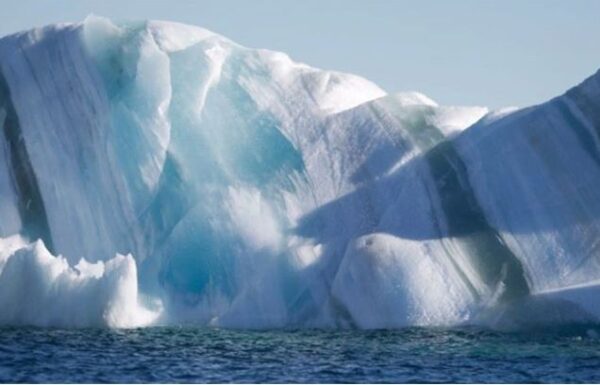AI is allowing scientists to monitor ocean changes in remote and inaccessible areas in real time.
Scientists are turning to artificial intelligence (AI) to quickly detect giant icebergs based on satellite images with the goal of tracking their shrinkage over time.
An iceberg is a large mass of freshwater ice, formed by cracking at one end of a glacier or polar ice sheet close to the sea. (Photo: Getty).
Unlike the conventional iceberg tracking method, which requires a human to sketch out a few minutes, the AI completed the same task in less than 0.01 seconds, or about 10,000 times faster.
“It is important to locate icebergs and monitor their melting level,” said Anne Braakmann-Folgmann, lead author of the study.
To do this, the team trained the AI to detect large icebergs using images from the European Space Agency’s (ESA) Sentinel-1 satellite.
Scientists found that this system can detect icebergs using satellite images with up to 99% accuracy for icebergs larger than 54 square kilometers.
Andrew Shepherd, professor at Northumbria University, UK, emphasized that AI will allow scientists to monitor ocean changes in remote and inaccessible areas in real time.
The AI tool also did not make the same mistakes as other common automated methods, such as misinterpreting individual pieces of ice as a common iceberg.
Being able to map the extent of icebergs automatically with high speed and accuracy will play an important role in detecting the impacts of climate change early, as well as limiting impacts. the consequences it causes.
At the end of October, the British Antarctic Survey reported that the massive ice sheets covering Antarctica will melt at a rapid rate over the rest of the century, and will certainly contribute to rising sea levels. increase in the coming decades.
Last year, A68a – one of the largest icebergs ever known to scientists – was discovered after it broke away from the Antarctic Peninsula in 2017. This iceberg is more than 160km long and 48km wide.
Scientists say that along with dumping approximately 1 trillion tons of fresh water into the ocean, this melting iceberg also pumps nutrients into the environment. This will completely change the local ecosystem for years to come.
It is unclear whether this change will have a positive or negative impact on the marine food chain.












